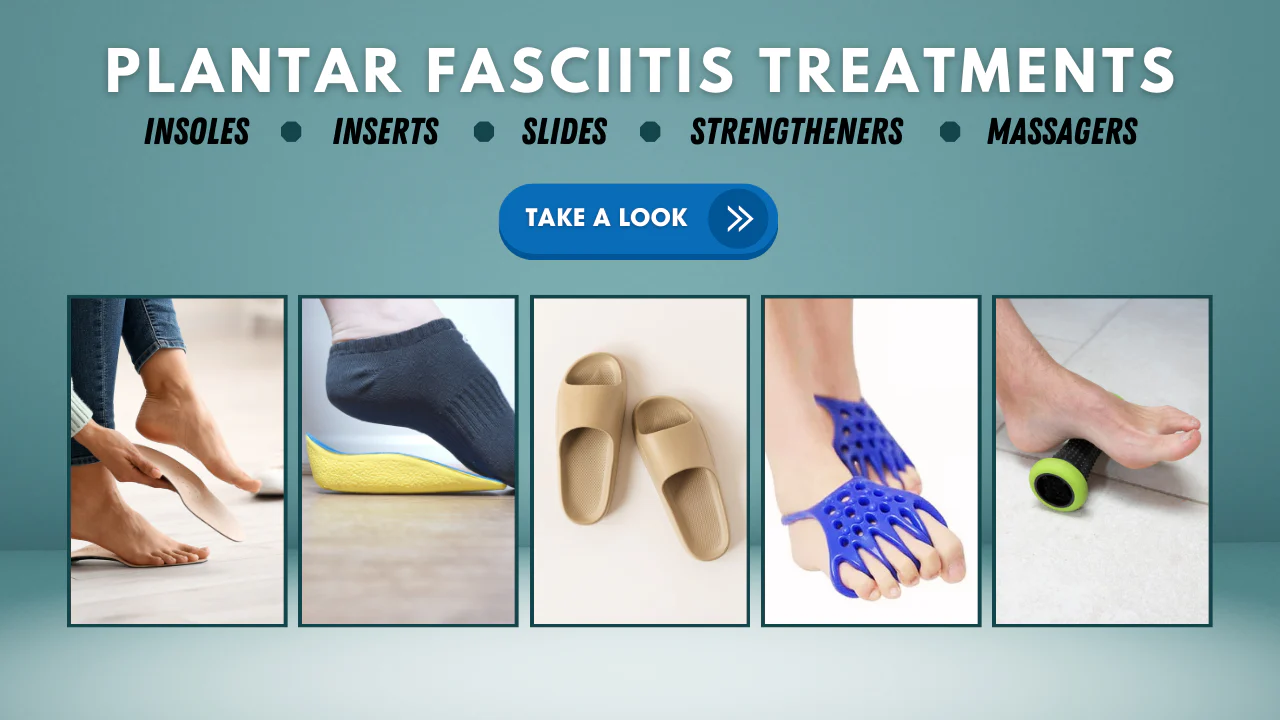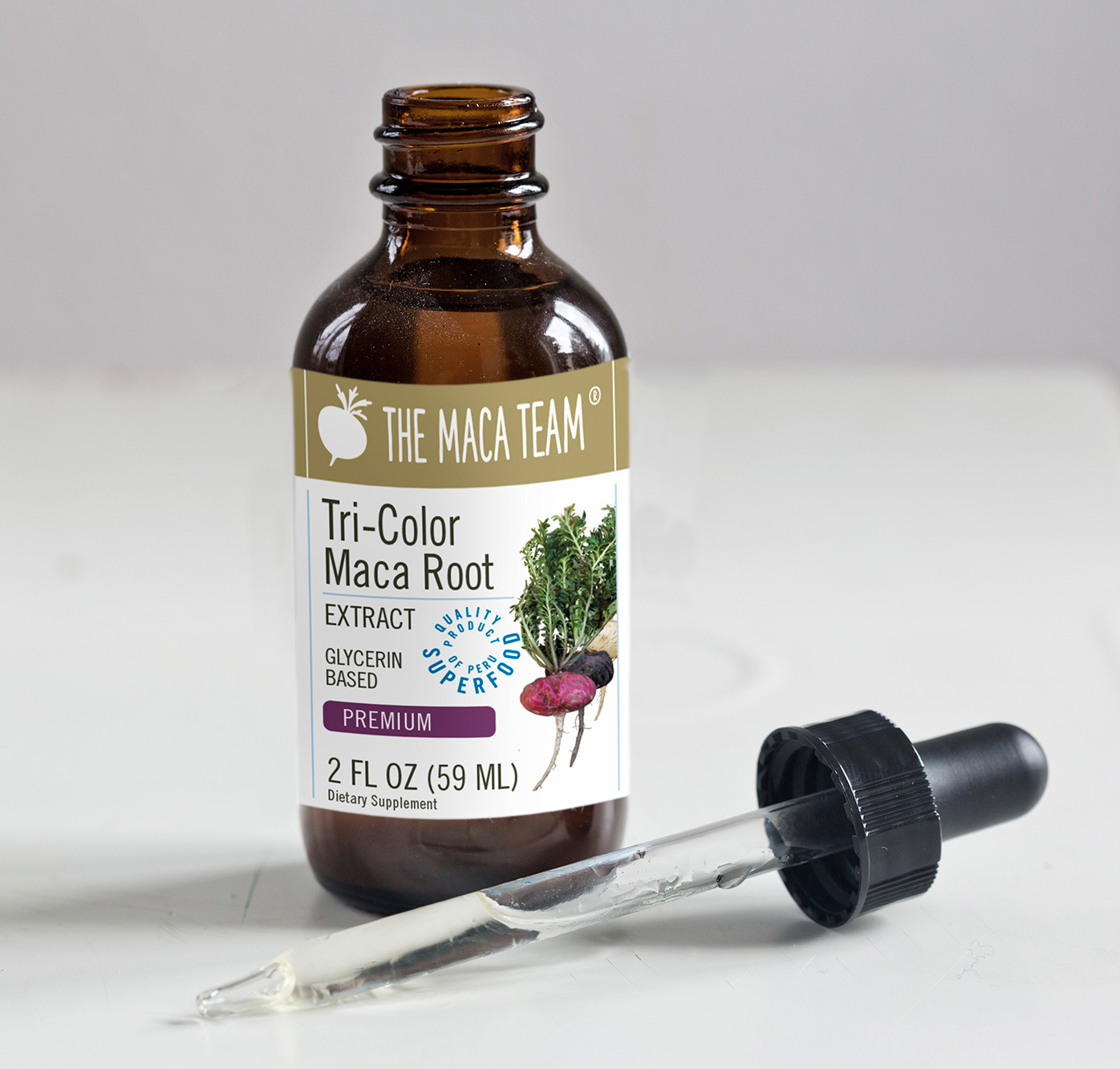Orthotics designed for plantar fasciitis are crucial in managing this common foot condition. The characteristics of effective orthotics have been detailed below, emphasizing aspects that contribute to their effectiveness. This log provides an overview of these characteristics and their importance in alleviating the discomfort associated with plantar fasciitis.
1. Arch Support
Support for the arch is a fundamental characteristic of good orthotics for plantar fasciitis. The arch support should be specifically tailored to provide the necessary cushioning and stabilization to the foot’s arch. By redistributing pressure away from the heel and plantar fascia, these orthotics help in reducing pain and preventing further strain. Proper arch support is often achieved through the use of custom or semi-custom orthotics, designed to match the individual’s foot structure.
2. Heel Cushioning
Effective orthotics for plantar fasciitis are equipped with adequate heel cushioning. The heel area should be well-padded to absorb shock and reduce the impact on the plantar fascia. This cushioning minimizes stress on the heel and helps in alleviating the sharp, stabbing pain commonly experienced in plantar fasciitis. Materials such as gel or foam are frequently used for their shock-absorbing properties.
3. Stability and Control
Stability and control are essential features in orthotics designed for plantar fasciitis. Good orthotics should offer firm support to control foot motion and prevent overpronation, which can exacerbate plantar fasciitis symptoms. A stable base helps in maintaining proper foot alignment and reducing the strain on the plantar fascia. The use of rigid or semi-rigid materials in the orthotic construction contributes to this stability.
4. Flexibility
Flexibility in orthotics is another important characteristic. While stability is crucial, orthotics must also provide enough flexibility to accommodate the natural movement of the foot. The ability to flex allows the orthotic to adapt to different foot postures and activities, ensuring comfort throughout the day. This balance between flexibility and support is often achieved through the use of composite materials in orthotic design.
5. Durability
The durability of orthotics plays a significant role in their effectiveness. High-quality orthotics are designed to withstand daily wear and tear, ensuring long-term use without loss of functionality. Durable materials, such as high-density foam or advanced polymers, are typically used to enhance the lifespan of the orthotic. Regular maintenance and replacement of worn-out orthotics are also recommended to maintain optimal performance.
6. Customization
Customization is a key factor in the effectiveness of orthotics for plantar fasciitis. Orthotics that are tailored to the individual’s foot shape and specific needs provide superior support and comfort. Custom orthotics are often created through a detailed analysis of the foot’s biomechanics, which allows for precise adjustments to address unique issues. Although off-the-shelf orthotics can offer relief, custom options are generally preferred for more severe cases.
7. Comfort
Comfort is a primary consideration in the design of orthotics for plantar fasciitis. Orthotics should be designed with a focus on providing a comfortable fit, which reduces the likelihood of developing pressure points or sores. Soft, breathable materials are commonly used to enhance comfort and ensure that the orthotic does not cause additional discomfort. A well-fitting orthotic should feel natural and unobtrusive within the shoe.
8. Heel Height Compatibility
Compatibility with heel height is another characteristic to consider. Orthotics should be suitable for use with various types of footwear, including those with different heel heights. Orthotics that are adaptable to both high and low-heeled shoes provide versatility and ensure that individuals can continue to wear their preferred footwear while managing plantar fasciitis symptoms.
9. Proper Sizing
Proper sizing is crucial for the effectiveness of orthotics. Orthotics should be available in a range of sizes to accommodate different foot shapes and sizes. A properly sized orthotic ensures that it fits snugly in the shoe and provides the necessary support without shifting or causing discomfort. Accurate measurements and fitting are essential to achieving the best results.
10. Ease of Use
Ease of use is an important aspect of good orthotics. Orthotics should be easy to insert into and remove from shoes, allowing for convenient daily use. Orthotics that are designed with user-friendly features, such as removable liners or adjustable components, can enhance overall convenience. Simplicity in design can contribute to regular use and adherence to the recommended treatment plan.
Conclusion
In summary, the characteristics of good orthotics for plantar fasciitis include proper arch support, effective heel cushioning, stability and control, flexibility, durability, customization, comfort, heel height compatibility, proper sizing, and ease of use. Each of these features plays a vital role in providing relief from the symptoms of plantar fasciitis and promoting overall foot health. By considering these characteristics, individuals can select orthotics that best meet their needs and improve their quality of life.



